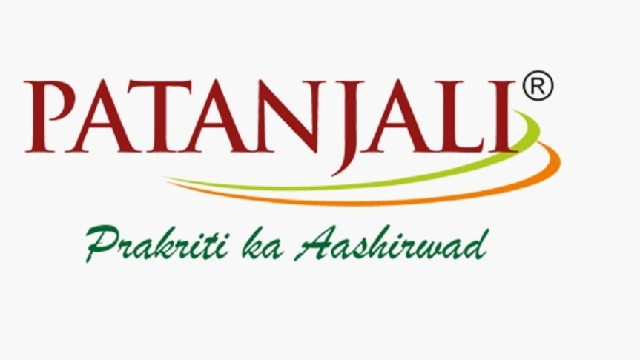
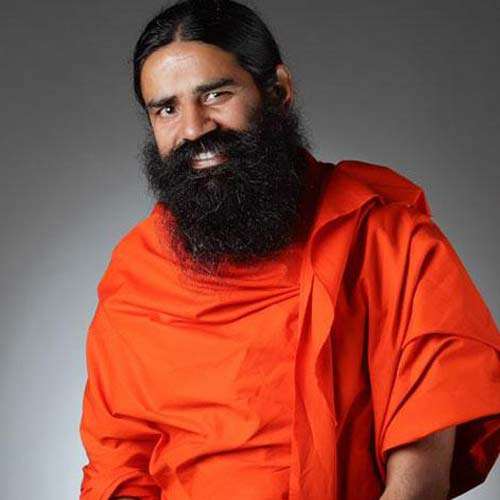





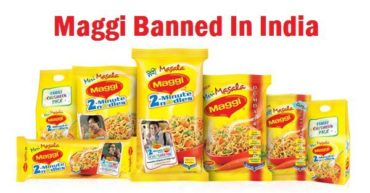

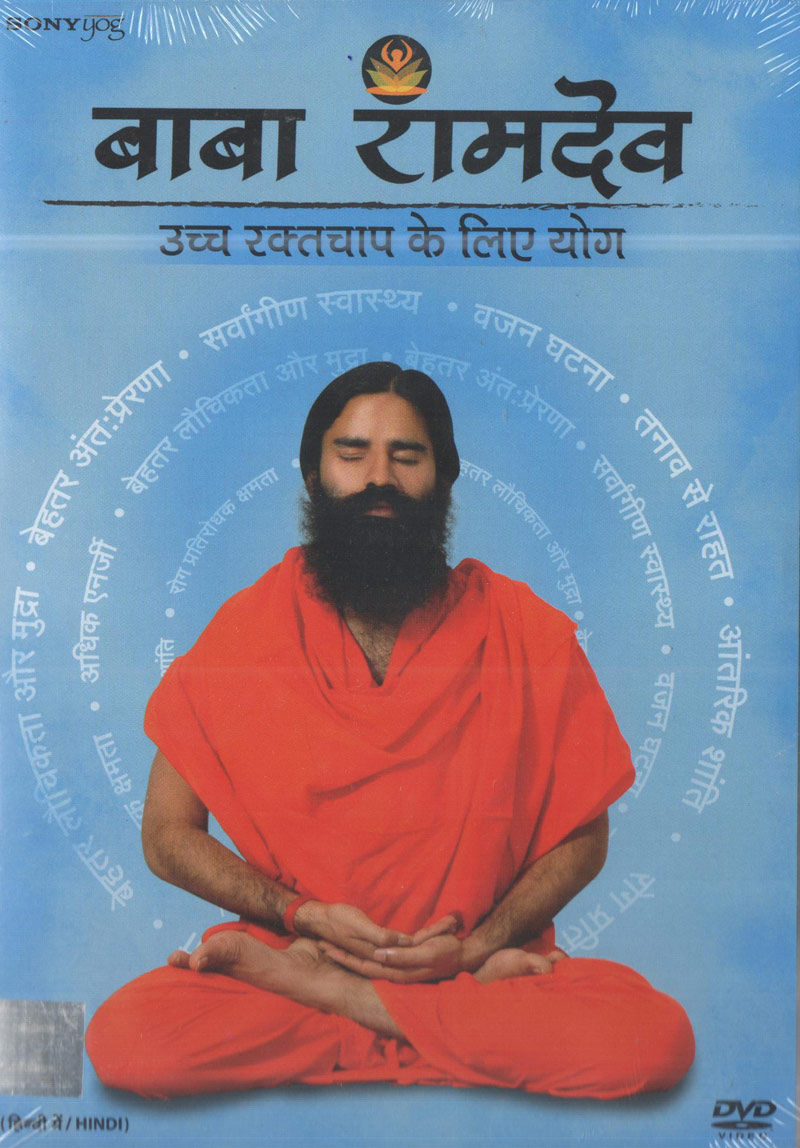
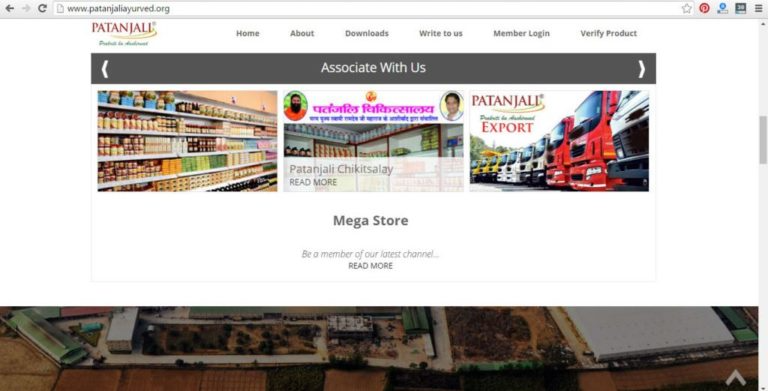

 Patanjali has made a surprising expansion in the FMCG sector with its innovative marketing strategies and has bought a revolution in the industry within a very short period of time. It has been doing great in some of the sectors and products like; Foods including jams, biscuits, noodles, oats, pulses and other food products, beverages, Healthcare & Medicines, personal care products and cleaning agents.
The time will come soon when people around the world are going to use Patanjali’s products as substitutes to Hindustan Unilever and P&G.
Patanjali has made a surprising expansion in the FMCG sector with its innovative marketing strategies and has bought a revolution in the industry within a very short period of time. It has been doing great in some of the sectors and products like; Foods including jams, biscuits, noodles, oats, pulses and other food products, beverages, Healthcare & Medicines, personal care products and cleaning agents.
The time will come soon when people around the world are going to use Patanjali’s products as substitutes to Hindustan Unilever and P&G.

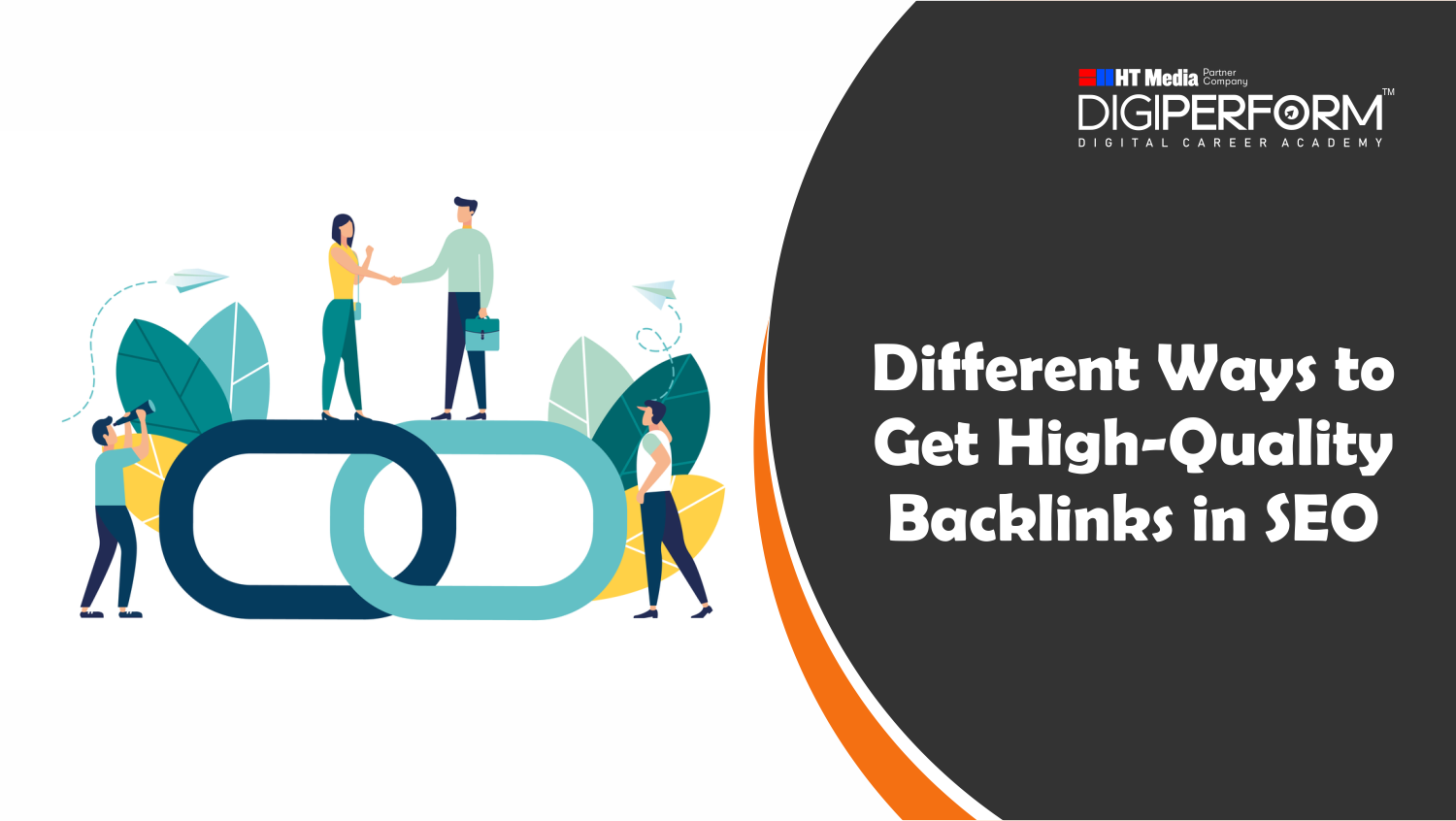





Pankaj acharya
Patanjali has been rated and reviewed as the “Best Ayurvedic Indian FMCG (Fast Moving Consumer Goods)” company. thanks for the information.